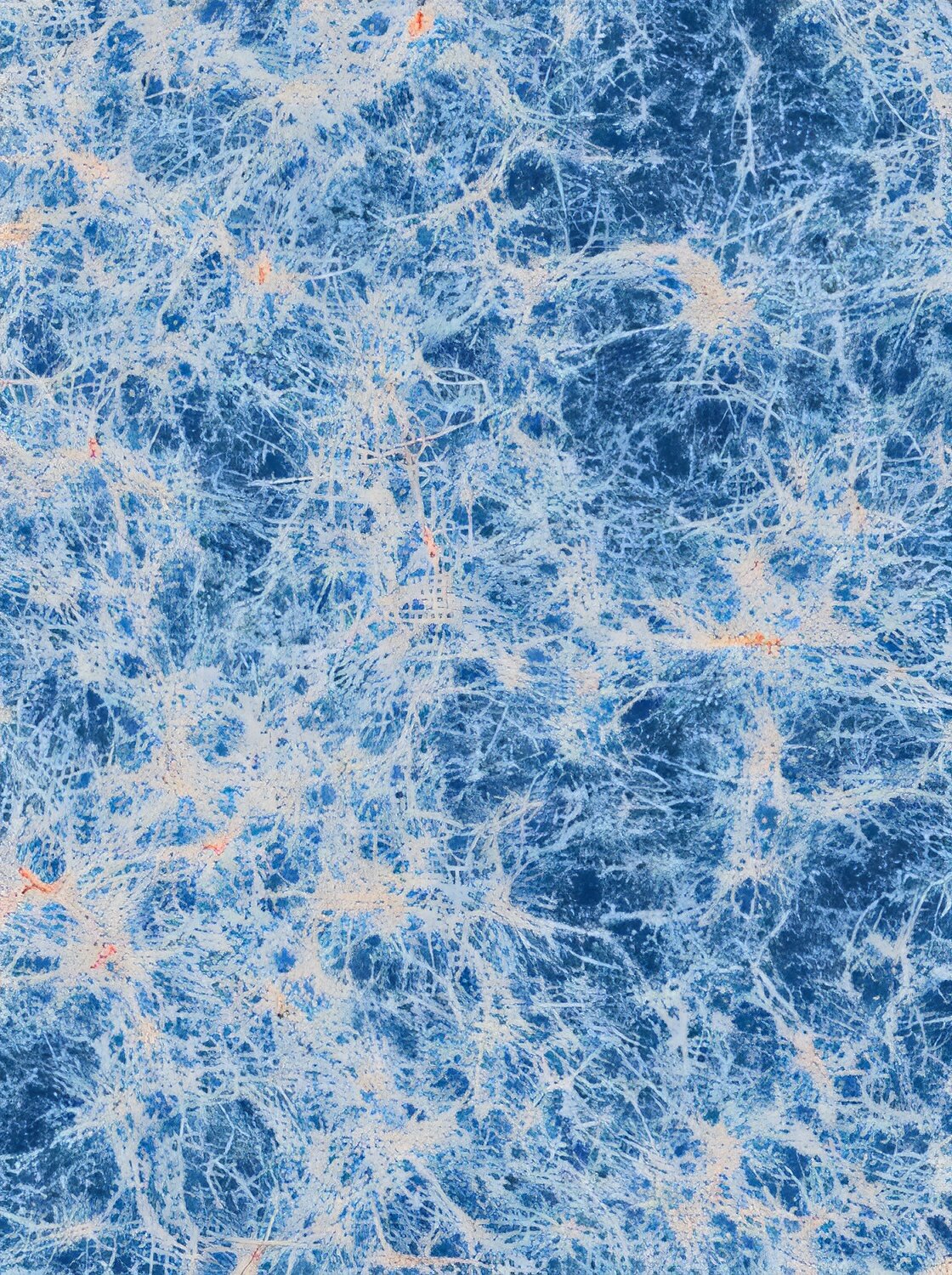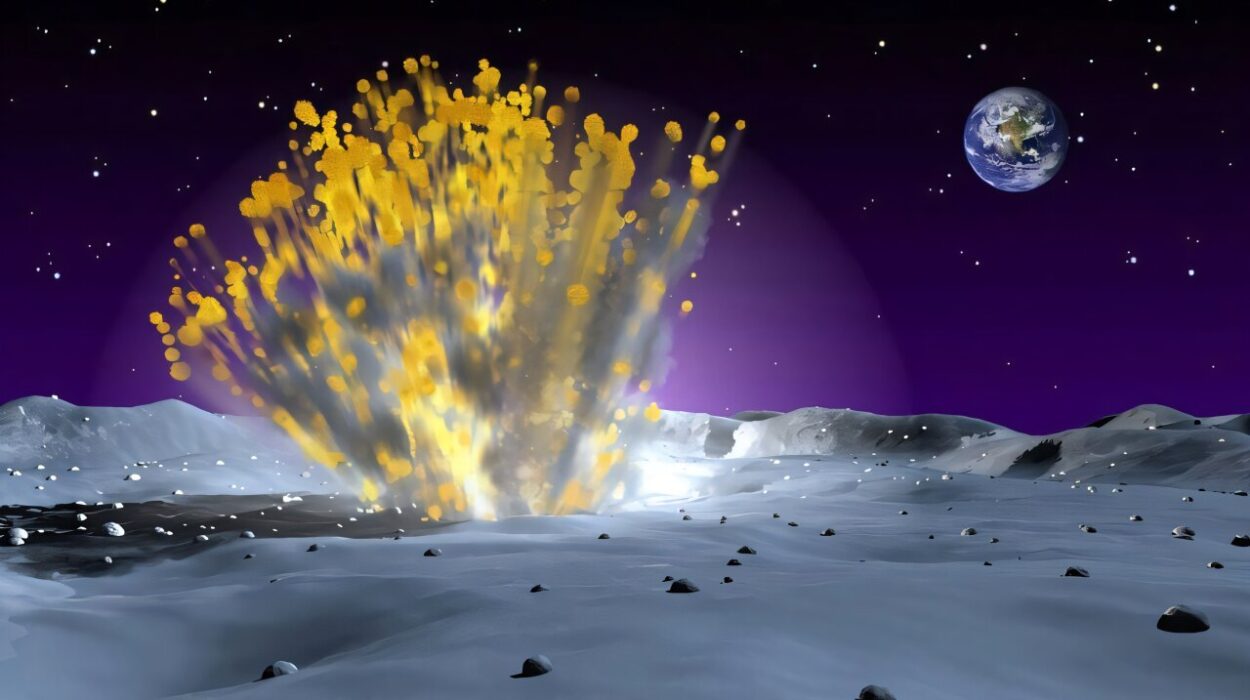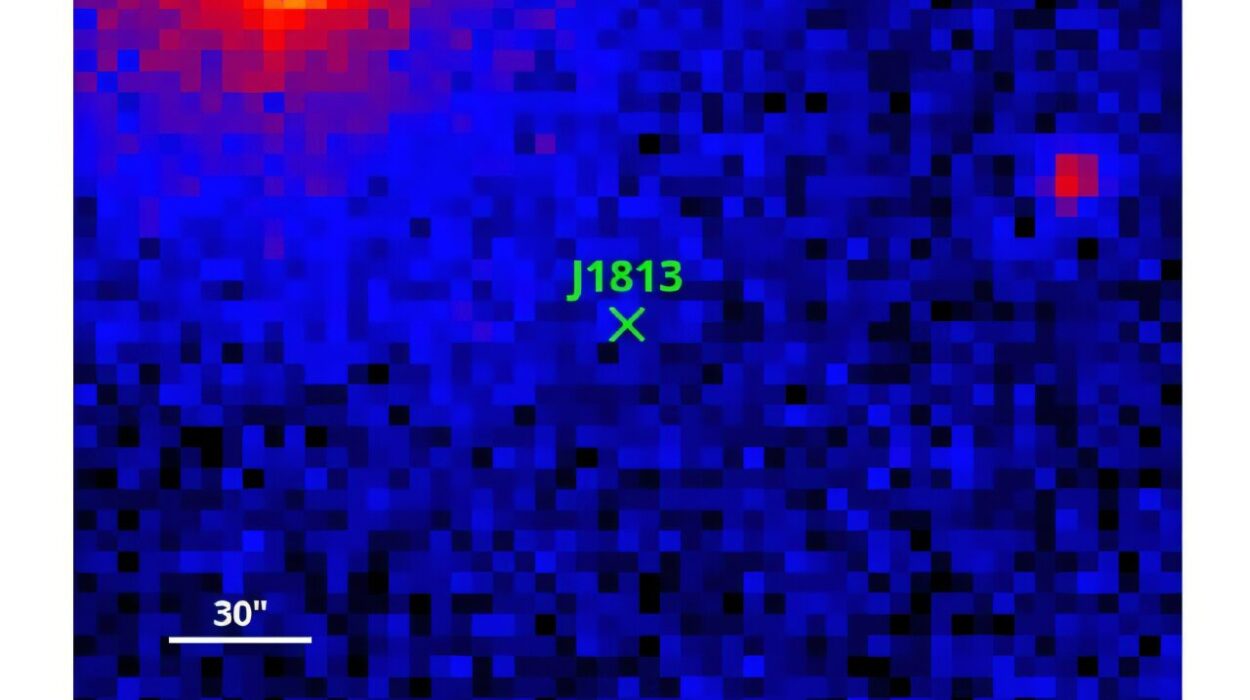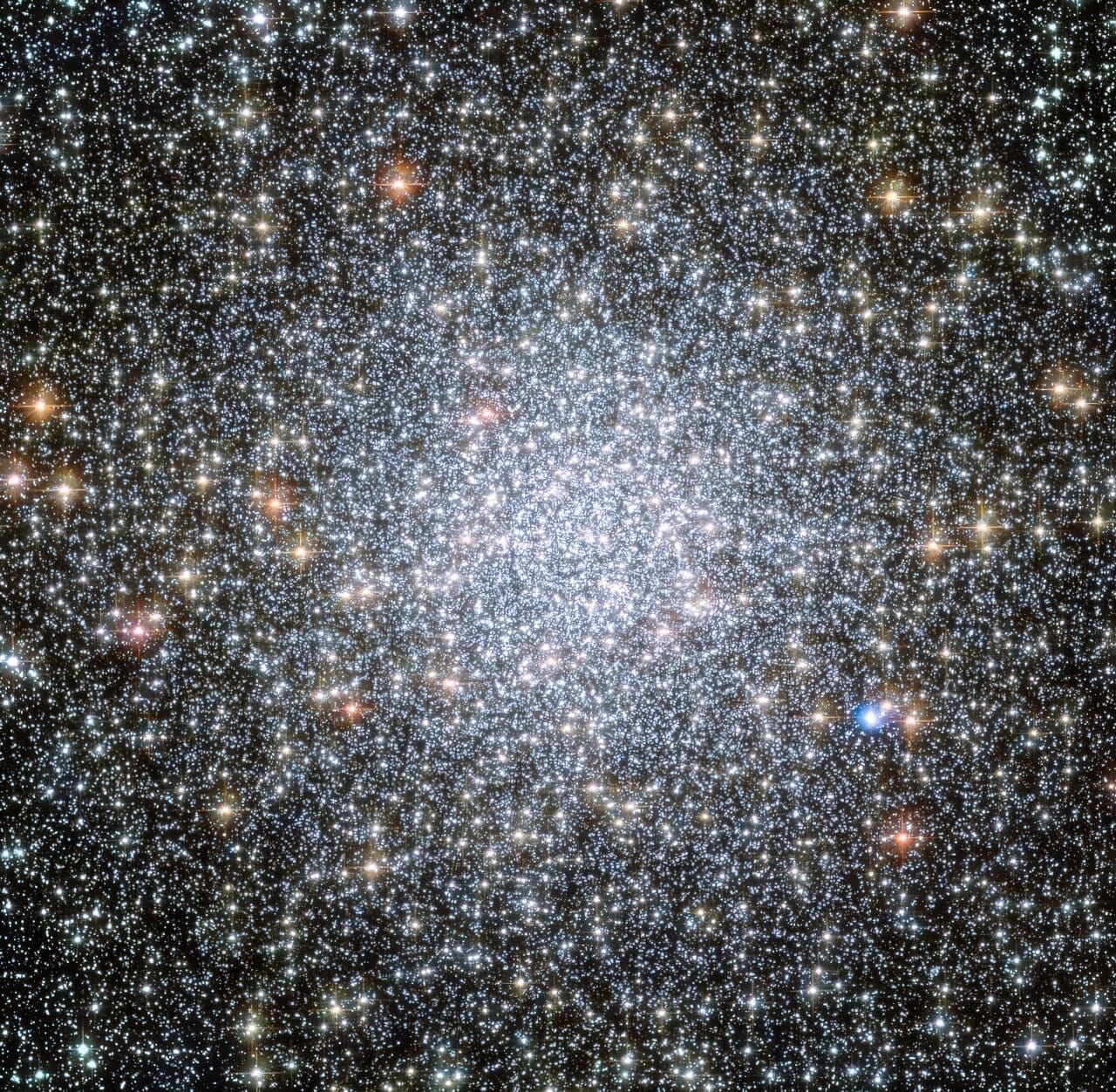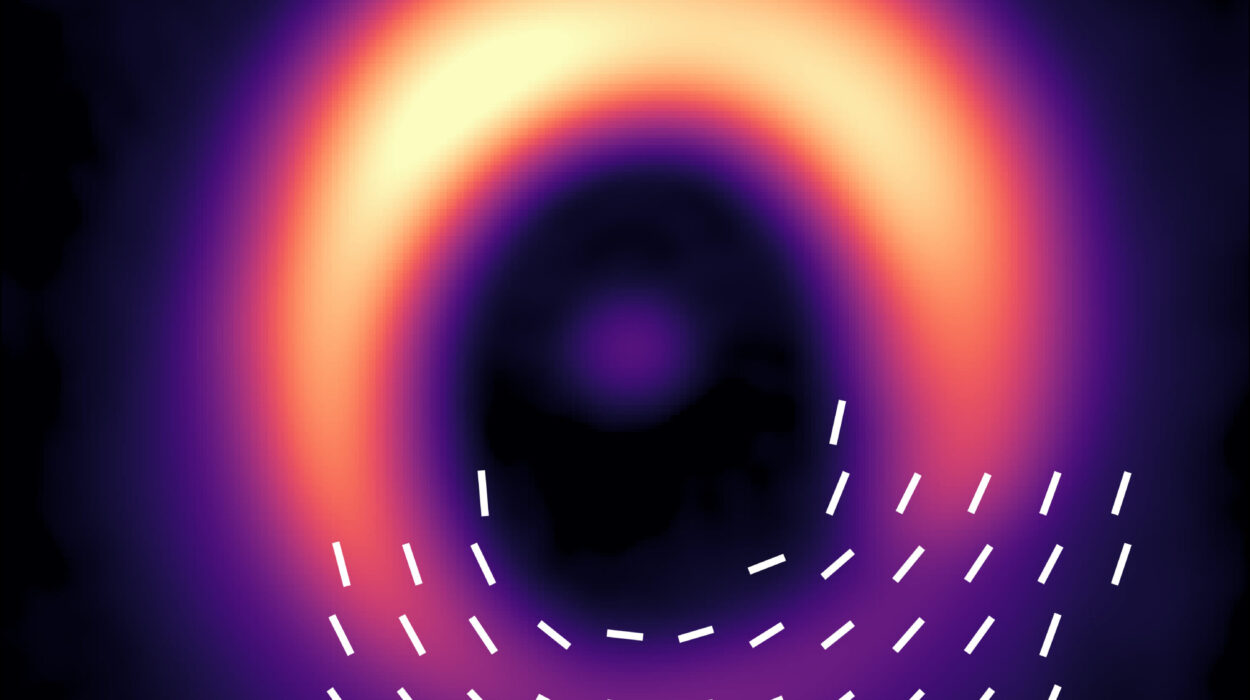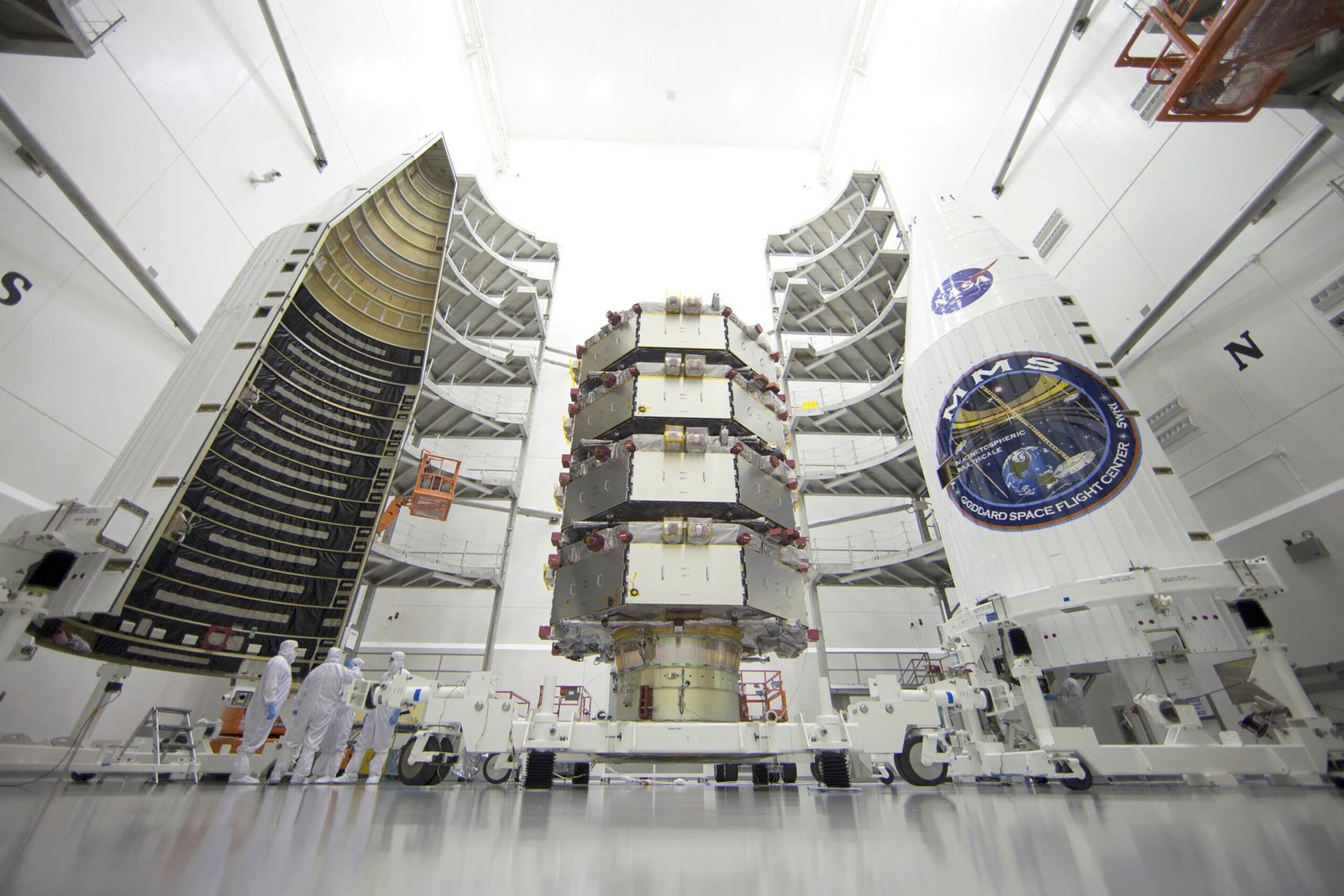The cosmos is a vast and interconnected entity, with galaxies, stars, and nebulae spread across enormous distances. Yet, between these visible objects lies a subtle and enigmatic structure—the cosmic web. The cosmic web is a vast network of matter in intergalactic space, composed of filaments of dark matter and gas, which stretch across the universe like a grand lattice. This structure, hidden in plain sight, is the scaffolding that supports galaxies and drives their formation. Recently, an international team of scientists led by the University of Milano-Bicocca has made a groundbreaking leap forward in our understanding of this intricate structure by capturing an unprecedented high-definition image of a cosmic filament. This discovery opens a new chapter in our ability to directly study the matter that fuels the growth of galaxies and provides crucial insights into the formation of the universe itself.
What is the Cosmic Web?
To understand the significance of this discovery, we first need to explore the concept of the cosmic web. The cosmic web is a structure made up of vast filaments of dark matter, connected at their intersections by clusters of galaxies. These filaments are not easily visible in the night sky but have profound implications for the way the universe is organized. In essence, the cosmic web serves as a framework within which the observable universe is built.
One of the most crucial aspects of this structure is the presence of dark matter, an invisible substance that does not emit, absorb, or reflect light, making it undetectable by conventional means. Despite its elusive nature, dark matter constitutes about 85% of all the matter in the universe. Its gravitational influence is what helps form the intricate web-like structure in space, guiding the distribution of galaxies across the universe.
Within these filaments, the intergalactic gas flows, providing the raw material for the birth and evolution of galaxies. It is this gas—particularly hydrogen—that fuels star formation. However, observing the gas within the cosmic web has proven to be one of the most difficult challenges in modern astronomy.
The Challenge of Observing Intergalactic Gas
While we can observe galaxies and their structures relatively easily, the matter in between them—especially the intergalactic gas—has remained largely invisible. This gas is difficult to detect because it emits only faint light, primarily in the form of hydrogen emission. Furthermore, traditional observational techniques rely on detecting visible light, which doesn’t reveal much about the tenuous gas in between galaxies.
For decades, researchers have relied on indirect methods to study this gas, primarily by observing the absorption of light from background sources, such as distant quasars or galaxies. When light passes through a gas cloud, some wavelengths are absorbed, allowing scientists to infer the presence of gas along the light’s path. However, this indirect approach does not provide a detailed picture of the gas distribution across the cosmic web.
Even the most advanced telescopes of the past generation struggled to obtain high-resolution images of these distant structures, often failing to resolve the faint glow of hydrogen gas in the cosmic web. In this context, the new discovery of a high-definition image of a cosmic filament represents a monumental leap forward.
The Groundbreaking Discovery: High-Definition Imaging of a Cosmic Filament
The breakthrough study, led by Davide Tornotti, a Ph.D. student at the University of Milano-Bicocca, marks a turning point in our ability to observe the cosmic web. The team utilized the MUSE (Multi-Unit Spectroscopic Explorer), an innovative spectrograph installed on the Very Large Telescope (VLT) at the European Southern Observatory (ESO) in Chile. This spectrograph allowed them to capture the faint light emitted by the intergalactic gas and create the sharpest image of a cosmic filament ever obtained.
The filament in question spans an astonishing 3 million light-years and connects two galaxies, each hosting an active supermassive black hole. This filament, composed primarily of gas and dark matter, is a vital link between the two galaxies, serving as a conduit for the flow of material that fuels the formation of stars.

The team conducted one of the most ambitious observation campaigns ever undertaken with MUSE. The process took hundreds of hours of data collection to detect the faint emission from the gas in the cosmic filament. Despite the challenging conditions, the data gathered allowed the researchers to create an unprecedented high-definition image of the filament.
Implications for Galaxy Formation and Evolution
This discovery provides an invaluable glimpse into the cosmic web and offers new opportunities to understand galaxy formation and evolution. By capturing the faint light emitted by the gas within the filament, the researchers were able to trace the flow of material between galaxies in ways never before possible. This observation enables scientists to directly measure the boundary between the gas contained in galaxies and the material within the broader cosmic web.
According to Tornotti, the ability to observe and characterize the shape of this filament was a significant achievement. “By capturing the faint light emitted by this filament, which traveled for just under 12 billion years to reach Earth, we were able to precisely characterize its shape,” Tornotti explains. “For the first time, we could trace the boundary between the gas residing in galaxies and the material contained within the cosmic web through direct measurements.”
The filament observed in this study connects two galaxies with active supermassive black holes at their centers. These black holes are thought to play a critical role in regulating the gas flow in and out of galaxies, influencing star formation, and determining the growth of galaxies over time. By studying the material within the filament, scientists can gain a deeper understanding of how this gas is funneled toward galaxies, potentially fueling the growth of new stars and galaxies.
The Role of Supercomputer Simulations
In addition to the observational data, the research team also relied on sophisticated supercomputer simulations of the universe to predict the expected properties of the cosmic filament. These simulations, run at the Max Planck Institute for Astrophysics (MPA), helped the team calculate the emission properties of filaments based on current cosmological models.
When compared to the observations made with MUSE, the simulation predictions closely matched the actual data. This agreement between theory and observation is a significant step forward in confirming our understanding of the cosmic web and the processes that govern galaxy formation. As Fabrizio Arrigoni Battaia, a staff scientist at MPA, points out, the discovery represents a crucial milestone: “We are thrilled by this direct, high-definition observation of a cosmic filament. But as people say in Bavaria: ‘Eine ist keine’—one doesn’t count. So we are gathering further data to uncover more such structures, with the ultimate goal of having a comprehensive vision of how gas is distributed and flows in the cosmic web.”
The Future of Cosmic Web Exploration
This discovery opens up new avenues for the study of the cosmic web and galaxy formation. By directly observing the gas within these vast filaments, scientists can refine their models of galaxy evolution, including how galaxies acquire the fuel necessary for star formation and how gas flows through the web-like structure that links them.
As Tornotti notes, this study represents just the beginning. “We are gathering more data to uncover other cosmic filaments,” he says. “Ultimately, we aim to have a more complete understanding of how gas moves through the cosmic web, fueling the formation of galaxies and shaping the evolution of the universe.”
The ability to directly observe and measure the gas in the cosmic web will undoubtedly lead to new breakthroughs in cosmology, enriching our understanding of the origins and development of the universe. As astronomers continue to explore the hidden depths of the cosmic web, the mysteries of galaxy formation, dark matter, and the nature of the universe itself will gradually unfold, offering us a more comprehensive and detailed view of the cosmos than ever before.
Conclusion
The high-definition imaging of a cosmic filament connecting two galaxies is a groundbreaking achievement in our quest to understand the universe’s structure and the processes that govern its evolution. By utilizing cutting-edge technology, innovative observational techniques, and supercomputer simulations, scientists have taken a giant step toward unraveling the mysteries of the cosmic web. As more data is collected and analyzed, we can expect even greater revelations about the fuel that drives galaxies, the role of dark matter, and the intricate cosmic connections that bind the universe together. This discovery is a testament to the power of modern astronomy and the limitless potential for future exploration in the cosmos.
Reference: Davide Tornotti et al, High-definition imaging of a filamentary connection between a close quasar pair at z = 3, Nature Astronomy (2025). DOI: 10.1038/s41550-024-02463-w. On arXiv : DOI: 10.48550/arxiv.2406.17035
